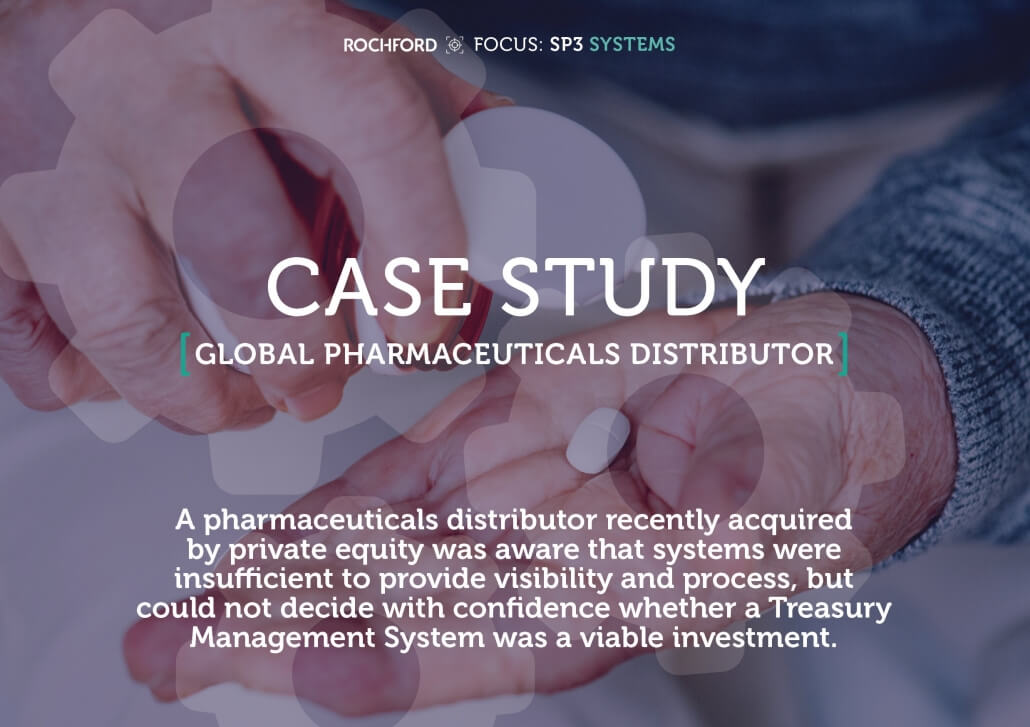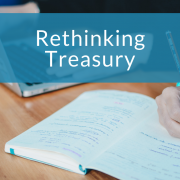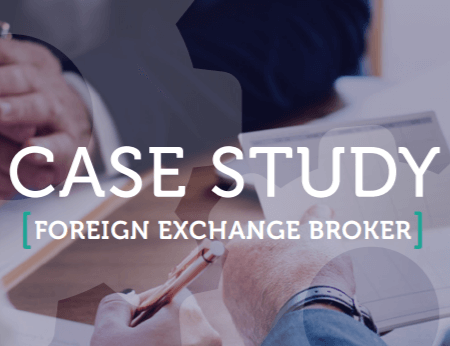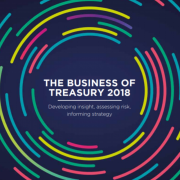Agile Treasury Thought Leadership Series – Empower and Scale
Agile Treasury Thought Leadership Series – Empower and Scale
Systems should empower people to effectively perform clearly defined processes, which means that time spent innovating and making valuable strategic decisions is maximised.
Designing a system can only be best achieved once the process the system is meant to empower is first designed. Ideally, the process will also be developed, implemented and operated for a period in a fast, flexible solution (Excel!) to refine the steps, calculations and clear actionable outputs.

Common Shortfalls
• Expensive, committed technology licenses
• Highly fragmented system data and multiple sources of truth
• Lack of process planning prior to technology commitment
• Extended implementation and training
• Lack of technology flexibility as strategic requirements change
• Lack of dataflow alignment to processes and policies
• Lack of prescriptive or clear calls to action from workflow output
Solutions
• RFP management should an advanced system still be deemed valuable
• Strategic and holistic construction of low-cost, flexible operating tools in Excel
• Implementation and training on
• Integrated solutions for the identification, measurement, management
Download a copy of the case study prepared by Rochford Group on a global pharmaceutical distributor.
This case study has been developed by Rochford Group

















